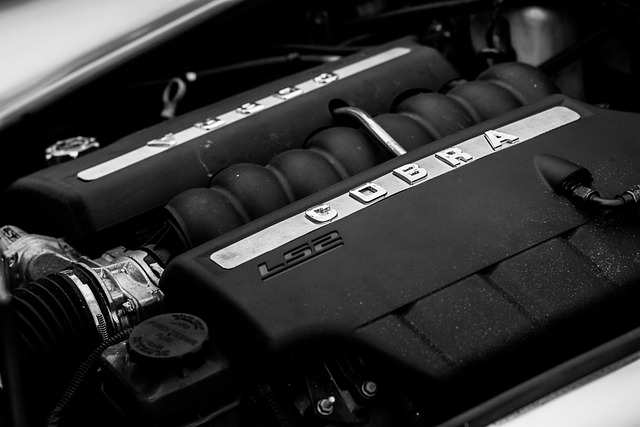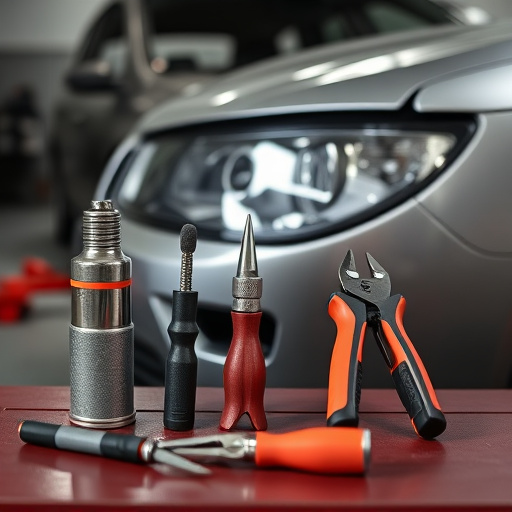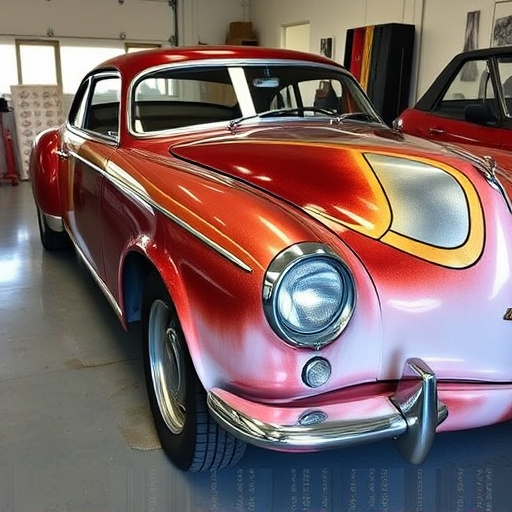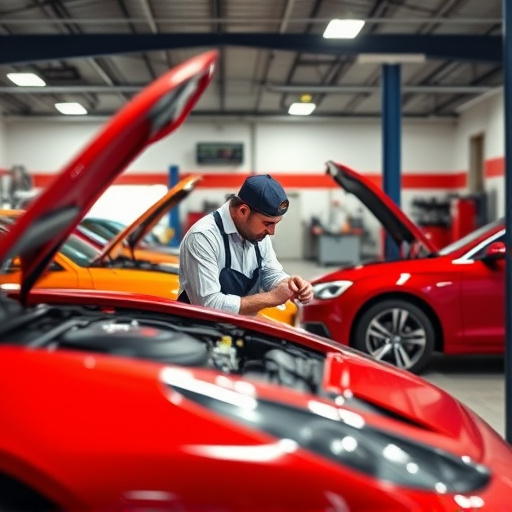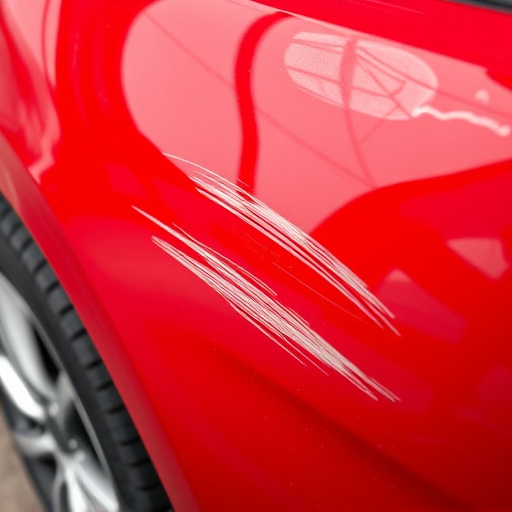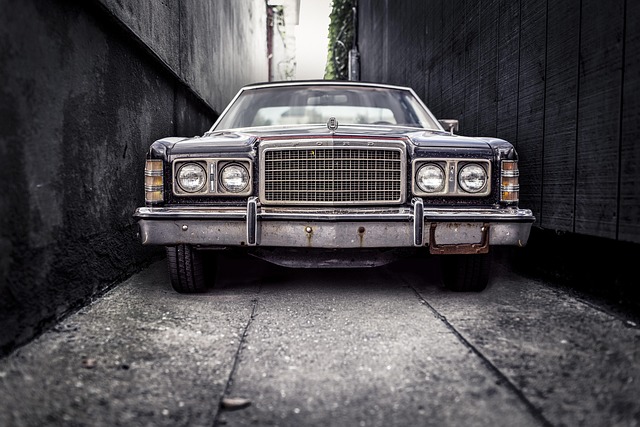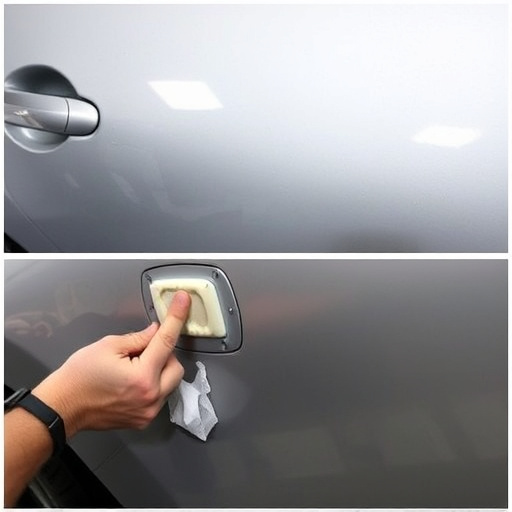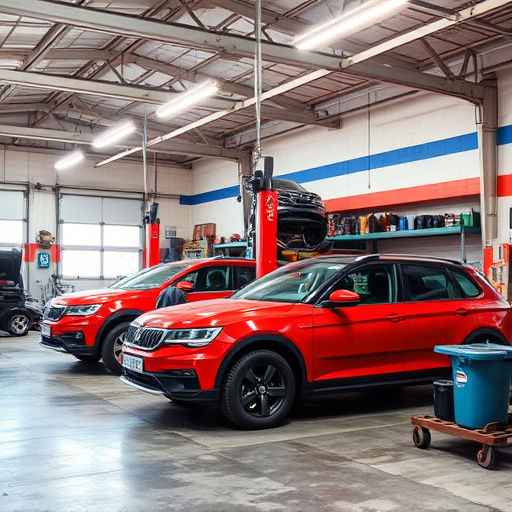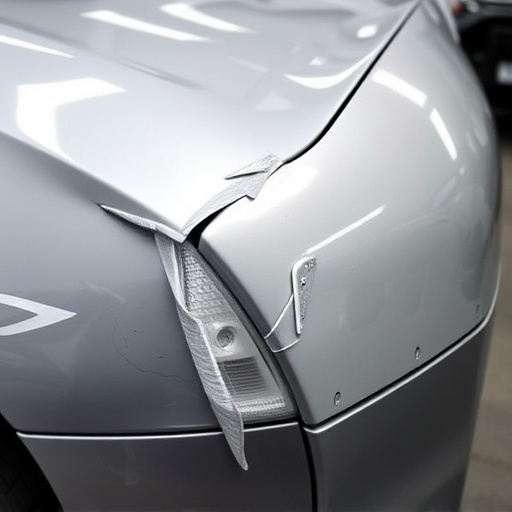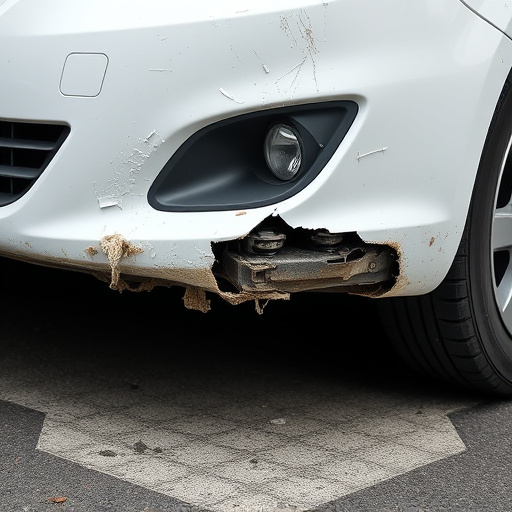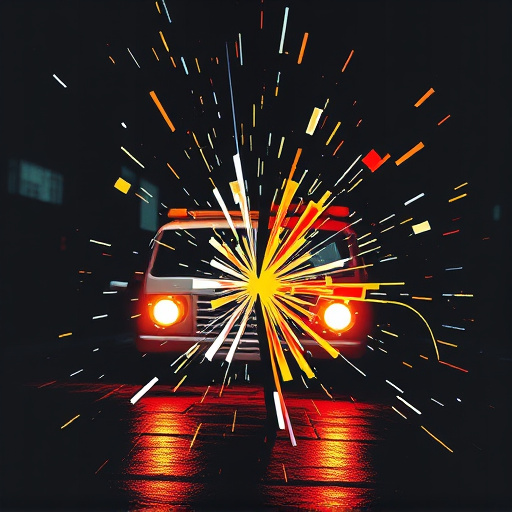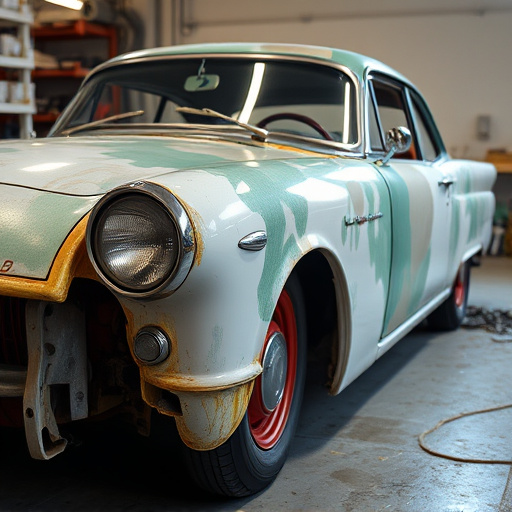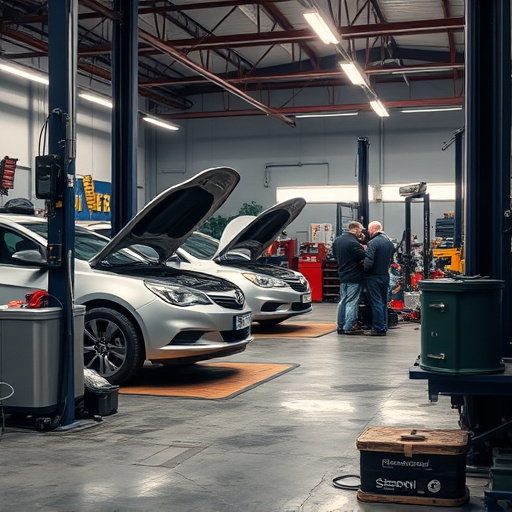OEM collision parts are preferred for precise vehicle restoration, offering superior quality and exact fit. Common replacements include exterior body panels like fenders, hoods, doors, and bumpers, along with suspension and mechanical components. Understanding regional trends in commonly replaced OEM parts enhances service efficiency and streamlines collision repair processes, benefiting both car owners and insurers by minimizing downtime and enhancing aesthetic appeal.
In today’s automotive landscape, understanding which OEM collision parts are most frequently replaced is crucial for efficient vehicle repairs and parts management. This article delves into the common replacements across various makes and models, offering insights into the ever-evolving trends in collision repair. From front ends to fenders, we explore the top OEM parts that often find themselves at the forefront of maintenance, helping auto shops stay ahead of the curve and cater to diverse customer needs.
- Most Common OEM Parts for Replacement
- Frequent Replacements on Different Vehicles
- Understanding Trends in Collision Repairs
Most Common OEM Parts for Replacement
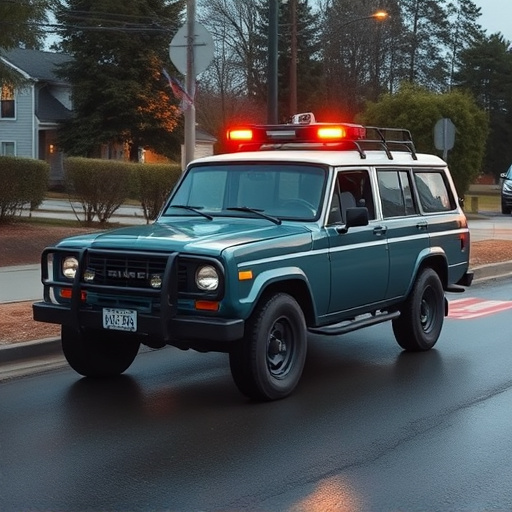
When it comes to vehicle repairs, especially after a collision, original equipment manufacturer (OEM) parts are often the go-to choice for both insurance companies and fleet repair services. These parts are designed and manufactured by the same company as the original components, ensuring a perfect fit and superior quality. The most common OEM collision parts that are frequently replaced include body panels such as fenders, hoods, doors, and bumpers. These exterior parts are particularly susceptible to damage during accidents and require precise replacement to maintain vehicle aesthetics and structural integrity.
In addition to exterior parts, other commonly replaced OEM collision components are those involved in the vehicle’s suspension system, like shocks and struts, as well as certain mechanical parts such as engines and transmissions. A reliable collision center will have access to a wide range of these OEM parts, enabling them to efficiently restore vehicles to their pre-accident condition. This is especially crucial for fleet repair services aiming to get vehicles back on the road quickly while maintaining high standards.
Frequent Replacements on Different Vehicles
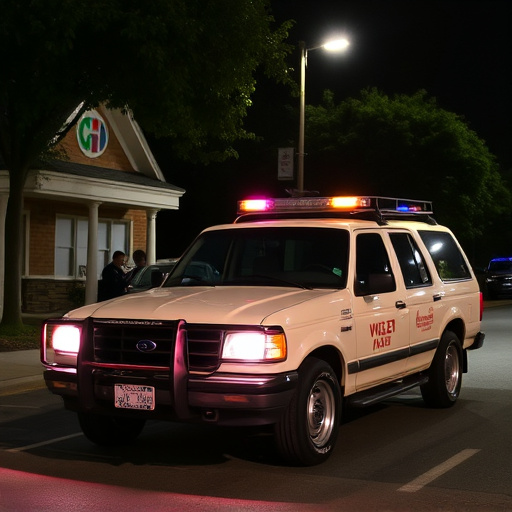
In the realm of collision repair, understanding which Original Equipment Manufacturer (OEM) parts are most frequently replaced is key to streamlining body shop services and enhancing collision damage repair efficiency. The top contenders often include components such as fenders, grilles, headlamps, and doors, across a wide range of vehicle makes and models. These parts are particularly susceptible to damage during accidents due to their prominent positions on a car’s exterior. For example, a classic car restoration project might involve the meticulous replacement of OEM collision parts like a vintage bumper or side mirror to ensure both functionality and aesthetic integrity.
Varying factors, including vehicle age, make, and model, as well as regional climate conditions, can influence which specific parts are most commonly replaced. In regions with harsh weather, for instance, OEM parts protecting against rust and corrosion, like door panels and fenders, tend to be more frequently needed. Conversely, in areas known for frequent accidents involving rear-end collisions, tail lights and license plate frames often top the list of replacement OEM collision parts. Understanding these patterns allows body shop professionals to stock a diverse inventory of such parts to efficiently service a wide range of clients, from everyday car owners to enthusiasts pursuing classic car restoration dreams.
Understanding Trends in Collision Repairs

In the realm of automotive repairs, understanding trends in collision repairs is a game-changer for both insurers and vehicle owners. By analyzing data on which OEM collision parts are most frequently replaced, professionals can anticipate common issues and optimize their service offerings. This proactive approach ensures that car paint services, when required, are efficient and effective, minimizing downtime for vehicle restoration.
Moreover, recognizing popular replacement parts helps in identifying potential weaknesses in modern vehicles. It encourages the development of specialized services, such as car scratch repair, to cater to aesthetic concerns. As a result, vehicle owners can benefit from both functional and cosmetic enhancements, ensuring their cars not only run smoothly but also look their best post-collision or restoration.
When it comes to OEM collision parts, understanding which components are most frequently replaced offers valuable insights into the automotive repair industry. By analyzing trends in vehicle models and common damage patterns, professionals can streamline collision repairs, enhance efficiency, and ensure superior customer satisfaction. Keeping track of these replacements is key to staying ahead in the market, enabling quick turnaround times, and providing high-quality services that cater to modern transportation needs.

